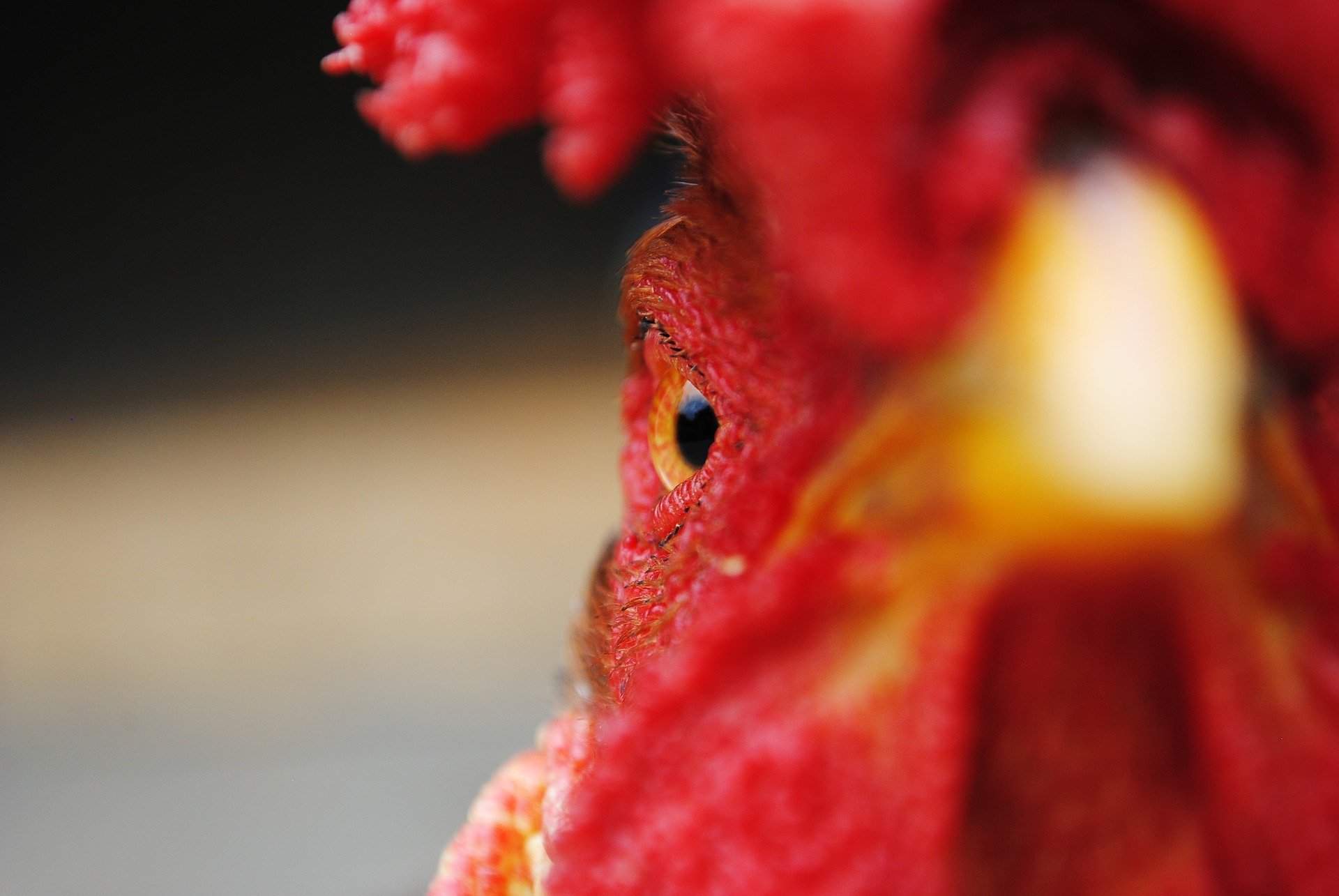Three counties ordered to keep poultry indoors over bird flu threat
Budapest, November 15 (MTI) – Hungary’s chief veterinarian has instructed poultry farms in three south-eastern counties to keep their flocks indoors after an outbreak of bird flu in the country and several parts of Europe, the farm ministry said on Tuesday.
The precautionary measure, which concerns Békés, Bács-Kiskun and Csongrád counties, aims to reduce the chances of poultry in those areas coming into contact with wild birds.
Several European countries have reported outbreaks of bird flu and Germany, the Netherlands and France have taken similar measures to Hungary.
Farmers have also been ordered to strictly adhere to general biosecurity regulations and immediately report any sign of illness they detect in their animals to the animal health authorities.
Earlier the chief veterinarian had ordered poultry farms across the country to feed animals exclusively in fully covered areas.
Seven non-EU-member countries have banned the import of poultry from Hungary following an H5N8 outbreak at a Hungarian turkey farm in Békés at the beginning of the month.
So far Canada, Serbia, the Republic of South Africa, Israel, Japan, Hong Kong and Singapore announced a full or partial ban of Hungarian poultry imports.
The UN Food and Agriculture Organisation (FAO) warned last week that the risk of infection could last until the spring of 2017 in several countries that have been hit with the H5N8 strain, including Hungary.
The H5N8 strain was first identified in wild game in Tuva Republic, southern Russia, less than two months ago, and it is likely to spread in south-western direction along the birds’ autumn migration route, FAO said.
To date, the H5N8 strain has never been detected in humans.
Source: MTI
please make a donation here
Hot news
Top Hungary news: train derailed, huge tax against short-term rentals, new train stations, Hungarians about the war, Dracula, cocktail bars — 21 October, 2024
Hungarian research could yield breakthrough in Covid-19 treatment
5+1 stylish cocktail bars in Budapest to explore with your friends after a long day
Railway stations in major Hungarian cities to be completely rebuilt with private capital
Young people planning armed attacks against protected persons in Hungary – US intelligence warns
Hungary, Laos agriculture ties strengthening: Minister Linkham Duangsavanh visits Budapest





